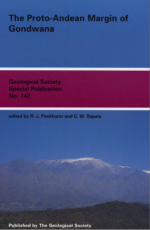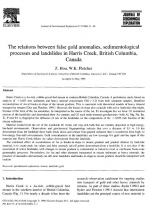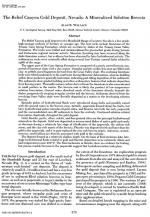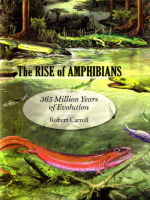Geology, Geochemistry, and Natural Abundances of the Rare Earth Elements
Sustainability of Rare Earth Resources
The Electronic Structure of the Lanthanides
Variable Valency
Group Trends
Solvento Complexes of the Lanthanide Ions
Lanthanides in Living Systems
Lanthanides: Coordination Chemistry
Organometallic Chemistry Fundamental Properties
Lanthanides: ‘‘Comparison to 3d Metals’’
Luminescence
Lanthanides: Luminescence Applications
Magnetism
The Divalent State in Solid Rare Earth Metal Halides
Lanthanide Halides
Lanthanide Oxide/Hydroxide Complexes
Lanthanide Alkoxides
Rare Earth Siloxides
Thiolates, Selenolates, and Tellurolates
Carboxylate
Lanthanide Complexes with Amino Acids
β-Diketonate
Rare Earth Borides, Carbides and Nitrides
Lanthanide Complexes with Multidentate Ligands
Alkyl
Aryls
Trivalent Chemistry: Cyclopentadienyl
Tetravalent Chemistry: Inorganic
Tetravalent Chemistry: Organometallic
Molecular Magnetic Materials
Near-Infrared Materials
Superconducting Materials
Metal–Organic Frameworks
Upconversion Nanoparticles for Bioimaging Applications
Oxide and Sulfide Nanomaterials
Rare Earth Metal Cluster Complexes
Organic Synthesis
Homogeneous Catalysis
Heterogeneous Catalysis
Supramolecular Chemistry: from Sensors and Imaging Agents to Functional Mononuclear and Polynuclear Self-Assembly Lanthanide Complexes
Endohedral Fullerenes
Lanthanide Shift Reagents
Lanthanides: Magnetic Resonance Imaging
Luminescent Bioprobes
Sensors for Lanthanides and Actinides













